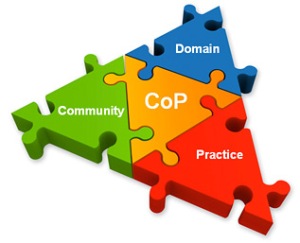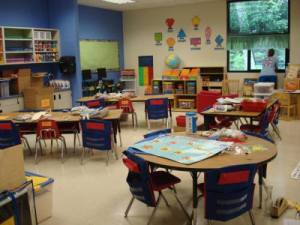Based on my own understandings of these three different learning spaces –
collaborative, cooperative and group – I believe that it is possible to make clear distinctions between the three. Firstly, the
group learning space denotes an understanding that students are working in small groups or teams, but not necessarily each member is equally participating and contributing to a mutual shared understanding. Often, the assumption is that students in groups are working to solve a problem – this does not guarantee that all members are contributing, as dominant members can often over-ride quieter ones.
Similarly, whilst the distinction between collaborative and cooperative learning spaces may be more subtle, I believe that there is indeed a distinction between the two. The collaborative learning space is more of an open-ended, informal process where students are given extended time to explore and discuss concepts and understandings. This process is based on the Vygotskyan theory of social learning, where knowledge is socially constructed through interactions and discussions with peers.
On the other hand, cooperative learning spaces are centred around a more formal, structured paradigm where the educator has set a specific goal (and often reward) for members to progress towards. Often this process involves each member learning something new, in so far that it is in the interest of every member to explain a particular concept to the other members (Slavin, 2010). As Slavin (2010) explains, students who gain the most within the cooperative learning space are those that give and receive elaborated explanations with other members.
In summary, these distinctions are further extended on by Johnson and Johnson (as cited in Magnesio & Davis, 2010), when they state that “simply placing students in groups and telling them to work together does not, in and of itself, produce cooperation” (p. 216).
Magnesio, S. & David, B. H. (2010). A novice teacher fosters social competence with cooperative learning. Childhood Education, 86(4), 216-221.
Slavin, R. E. (2010). Co-operative learning: What makes group-work work? In H. Dumont, D. Istance & F. Benavides (Eds.), The nature of learning: Using research to inspire practice (pp. 161-178). Educational Research and Innovation, OECD Publishing. doi: 10.1787/9789264086487-en

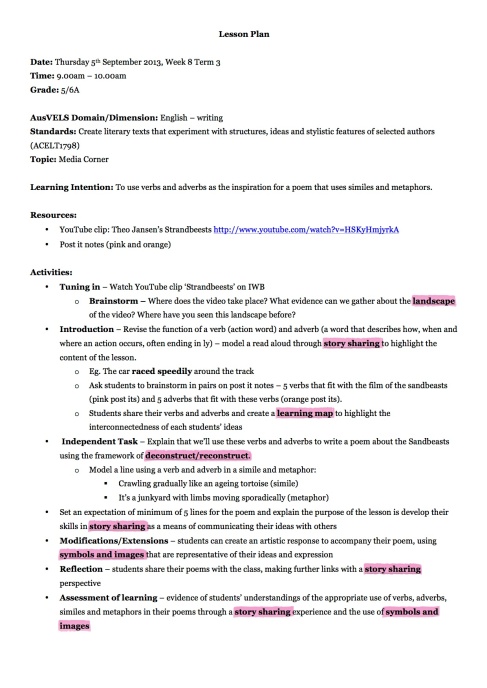
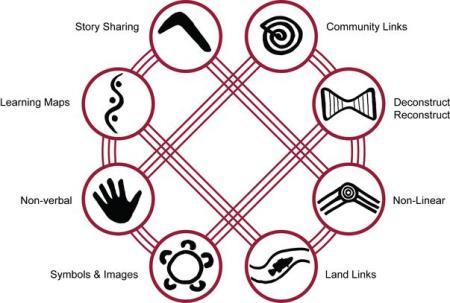
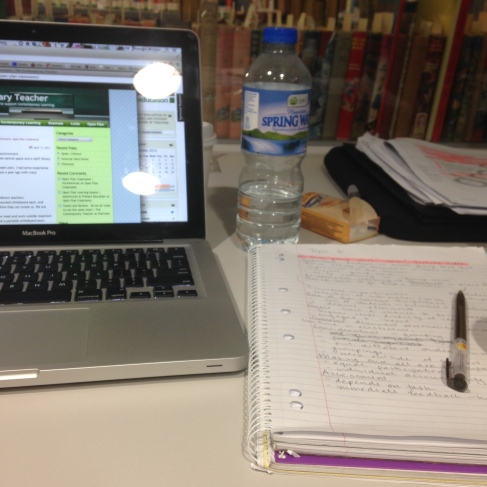
![Figure 5. Collaborative learning space. From Open Learning Spaces. Retrieved from Open Learning Spaces. (2012, December 16). Collaborative learning [Image]. Retrieved from http://openlearningspaces.blogspot.com.au/2012/12/towards-second-build-minecraft-right.html](https://sharainemcgloinpln.files.wordpress.com/2013/11/collab-learning.jpg?w=300&h=225)

